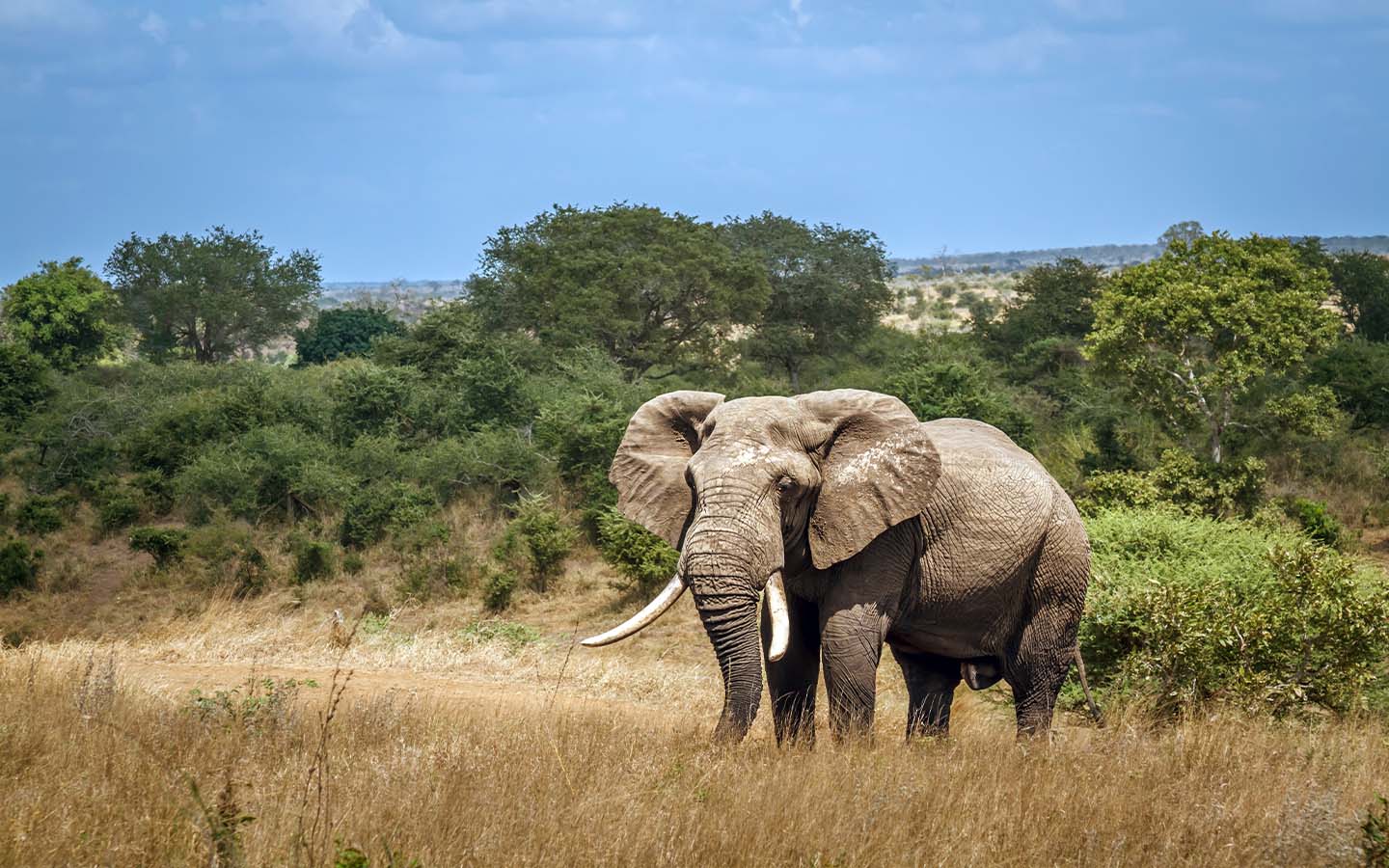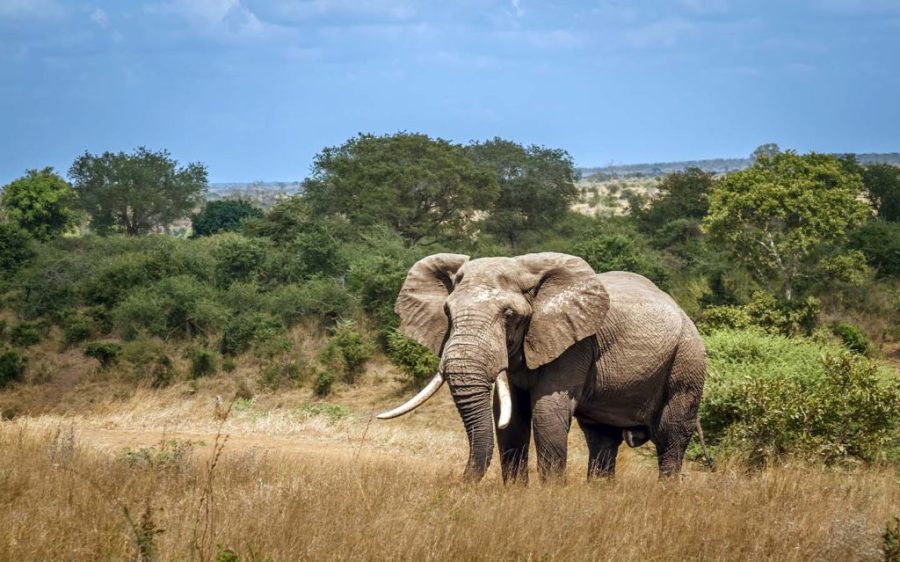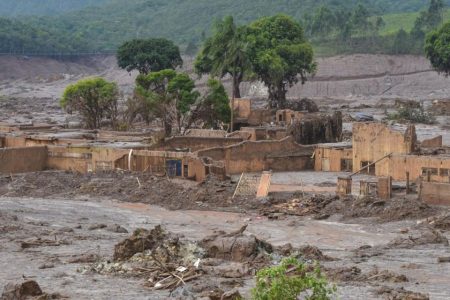With essential funding secure, Mozambique will begin a new aerial survey of elephants and large mammals in the country later this month, the Portuguese news agency Lusa reports.
The announcement was made at a Maputo seminar on the methodology underpinning the National Survey of Elephants and Large Mammals by Severiano Khoy, deputy director-general of the National Administration of Conservation Areas (known by the Portuguese abbreviation ANAC).
The last survey occurred in 2018. The census “should be every five years, but we have lacked the resources to carry it out,” Khoy explained.
The new survey is scheduled to run from 20 September to 30 October and will be conducted by the Center for Studies in Agriculture and Natural Resource Management (known as CEAGRE, after its Portuguese name) in partnership with South African aviation company Bassair.
When the last survey was conducted in 2018, it revealed a 13-percent drop in Mozambique’s elephant population since 2014, with more than 1,300 animals lost due to poaching and natural disasters.
[See more: A new Mozambican honey project expects to produce 100 tonnes annually]
Surveying large animal populations across nearly all of Mozambique’s elephant habitat, some 171,000 square kilometres, is both expensive and complicated. Funding provided by the Swedish government has been “essential” to making the initiative viable, Samiro Magane, coordinator of the Biodiversity Conservation Program at Biofund, told Lusa.
Biofund, a Mozambican conservation non-profit, is also collaborating on the ANAC-led census initiative, which has also drawn the support of several international institutions, most notably the International Union for Conservation of Nature (IUCN).
The new survey seeks to estimate the abundance and distribution of elephants, as well as carcasses, using carcass ratios as an indicator of mortality. It also aims to document the areas where the species occurs, as well as generate valuable information about other wildlife sharing these habitats. This, CEAGRE emphasised at the seminar, will contribute to analyses of ecological interactions, land use patterns and integrated conservation strategies.
Elephant conservation efforts in Mozambique have hit snags in recent years, as growing populations fuel a rise in human-wildlife conflict. Mágoè National Park in central Mozambique, for example, has seen at least 15 people killed and 10 others injured in animal attacks.
Park administrators recently announced the collaring of four elephants to track herd movements and prevent incidents and ANAC is working to place more collars in other conservation areas like Gorongosa and Maputo National Park, recently named a UNESCO World Heritage site.






